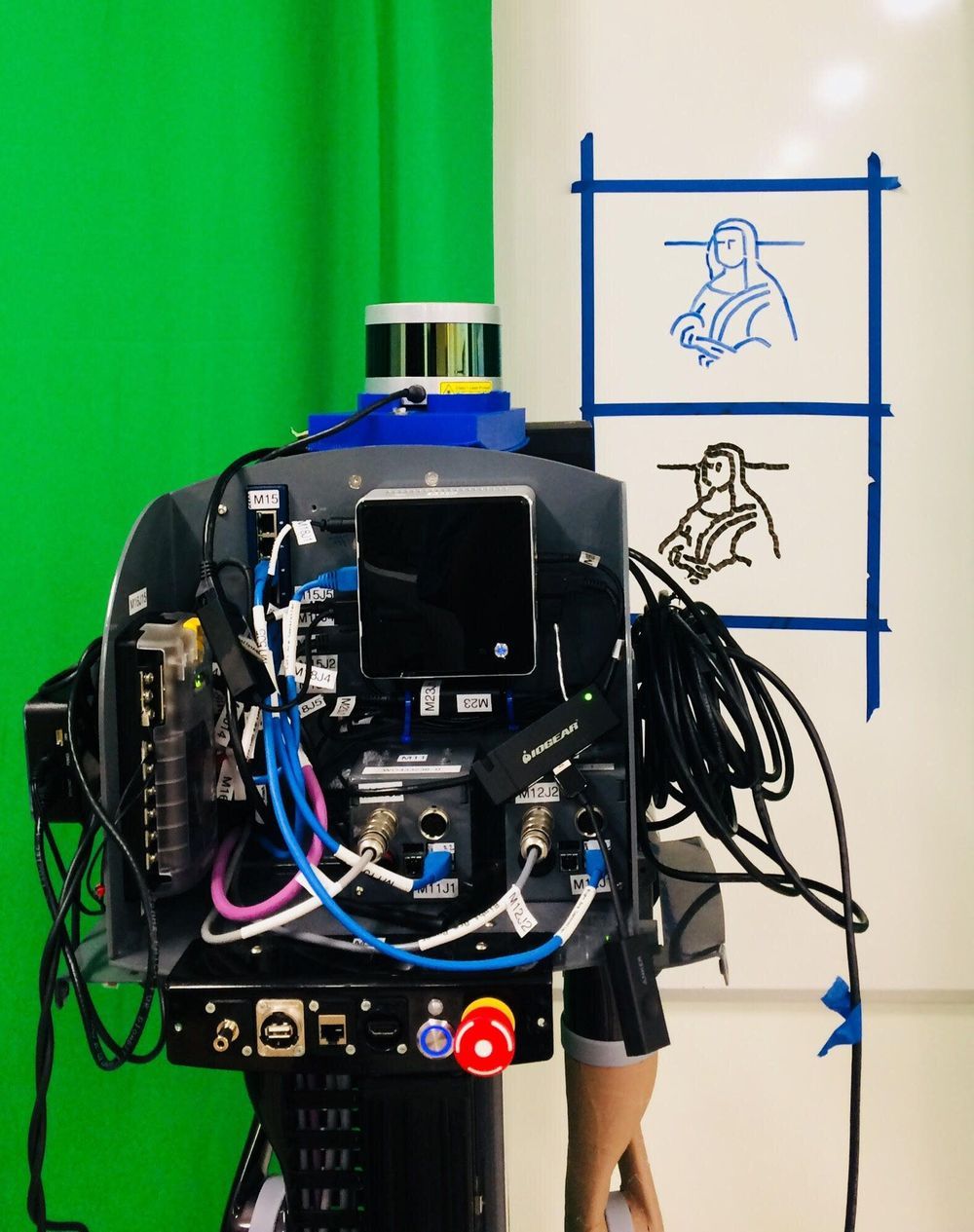An algorithm developed by Brown University computer scientists enables robots to put pen to paper, writing words using stroke patterns similar to human handwriting. It’s a step, the researchers say, toward robots that are able to communicate more fluently with human co-workers and collaborators.
“Just by looking at a target image of a word or sketch, the robot can reproduce each stroke as one continuous action,” said Atsunobu Kotani, an undergraduate student at Brown who led the algorithm’s development. “That makes it hard for people to distinguish if it was written by the robot or actually written by a human.”
The algorithm makes use of deep learning networks that analyze images of handwritten words or sketches and can deduce the likely series of pen strokes that created them. The robot can then reproduce the words or sketches using the pen strokes it learned. In a paper to be presented at this month’s International Conference on Robotics and Automation, the researchers demonstrate a robot that was able to write “hello” in 10 languages that employ different character sets. The robot was also able to reproduce rough sketches, including one of the Mona Lisa.









Comments are closed.